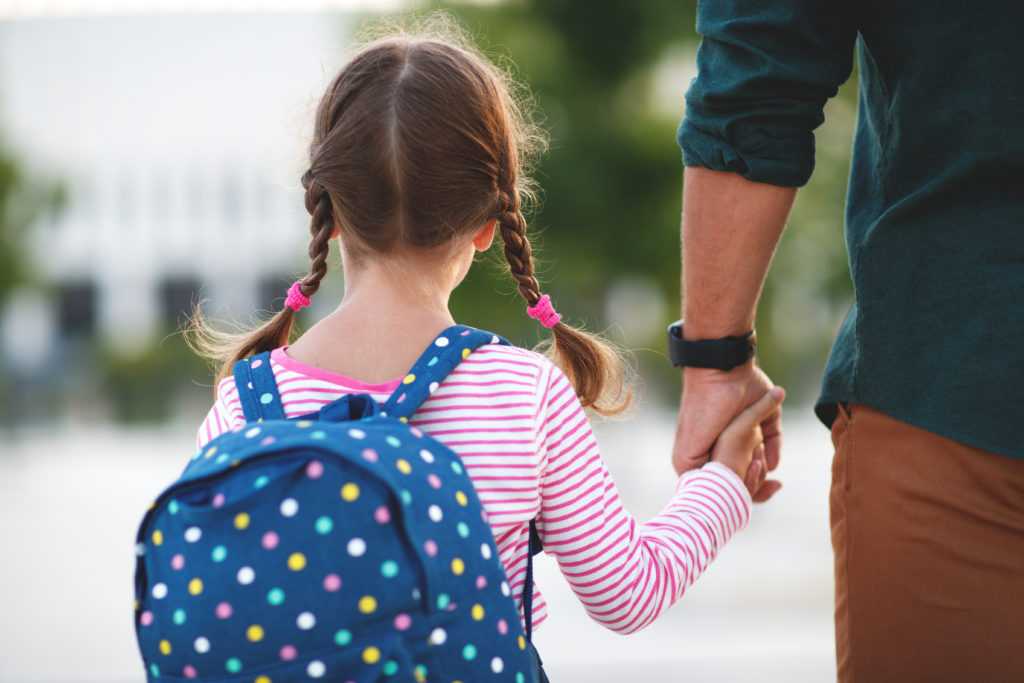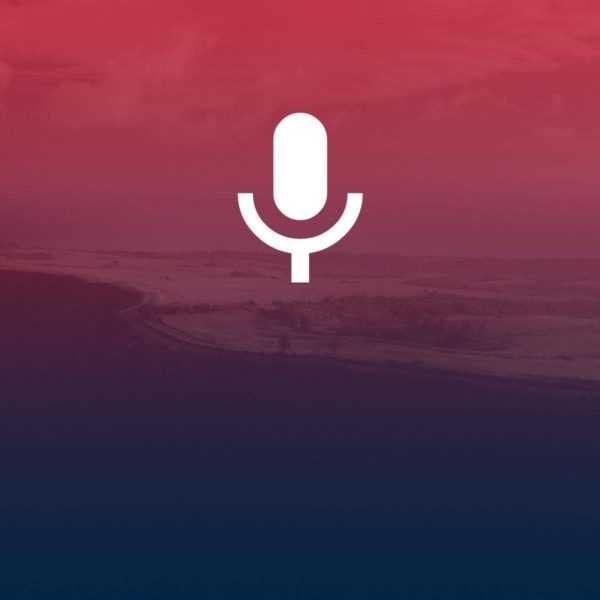Back to the Classroom: Parents Look to Spend Big, Offset Inflation, and Prize Well-Being


The yellow buses and car caravans have already begun their triumphant comeback in some communities, ushering in the start of back-to-school (BTS) and back-to-college (BTC) 2022. With their return, the trend-related common denominator is that, since 2020, anything goes.


Long gone are the so-called “typical” expected activities or patterns involving an easily anticipated calendar or specific “hot” commodities. In their place, schools and consumers have pivoted, with BTS ads and sales hitting the airwaves as soon as early July this year, and with commodities taking a backseat to an overall quest for normalcy and prioritizing of health and well-being.
Since 2020, consumers have faced extreme obstacles and unforeseen hurdles related to BTS and BTC that went beyond what to buy and shopping for the best sales. In 2020, with vaccines for children in flux and districts unsure about how to reopen, goals for BTS were more based around overall access and a need to ensure that students had reliable technology for learning, whether at home, in-person, or in a hybrid setting.
In 2021, with more classrooms opening up full time, protocols related to safety around COVID-19 were a top-of-mind line item with parents spending big on safety kits that included such items as masks and hand sanitizer. Another trend from 2021 involved putting students outdoors more, and in response, better quality outer gear became a large spending priority for the colder weather months.
This year, with enough of the “new normal” issues from the past two years behind them, many consumers crave a more “old normal” school year. But new obstacles like inflation, community and planet health, and a need to prioritize mental health for their students signals that we’re not out of the woods just yet.
Parents Plan to Spend Big, Shop Early
Where BTS doesn’t differ from other seasons is parents’ willingness to spend. In its most recent survey, the National Retail Federation (NRF) found that for 2022, parents planned to spend a record-breaking average of $864 per child, up 36% since 2019. Back-to-college (BTC) numbers etched higher for 2022 as well, with parents prepared to spend $1,199 per student, up 41% since 2019.
Yet, despite the expected high spend numbers per student, 2022 BTS totals came in at $36.9 billion, just below 2021’s $37.1 billion, but still significantly ahead of 2020 at $33.9 billion. Meanwhile, the BTC spend continues to climb steadily, with a $73.9 billion total for 2022, higher than both 2021 and 2020.
To ensure they get everything on their lists, parents have gotten a major jump on shopping this year. According to the NRF survey, over half of parents (56%) said they had begun their browsing and purchased items for BTS within the first handful of days in July. Consulting firm Deloitte also found that after two seasons of hybrid shopping in-store and online, parents are ready to go back inside to get their shopping done. Parents reported that 49% of their budgets will go toward in-store purchasing, compared to 43% last year.
Inflation Casts a Shadow
For Arizona mom Jennifer Darcy, getting her kids prepared for this year involves a mix. Like most parents, she bought new clothing for both children, but the school supply story is a little bit different. While her son’s classroom requested nothing, her daughter’s teacher sent “a mandatory Amazon wish list,” that Darcy says came in to the tune of $80-plus just for school supplies.
With the hiccups and disruptions of the past two years still on their minds, consumers like Darcy are now faced with the new challenge on the block: inflation. In June, the CPI Index reportedly hit 9.1%, marking its highest number in 40 years, while the Producer Price Index hit 11.3%. The rise in numbers has affected consumer goods across the board, with prices going up on everything from food to houses to clothing.
The National Retail Federation (NRF) found inflation was a top concern for parents, with 86% noting that they felt back-to-school items were priced higher this year. This year they were still determined to spend big to ensure their students had everything they needed for the school year, even if it meant cutting back elsewhere. Thirty-eight percent of respondents said they would go big for BTS and cut back elsewhere to cover the costs this year. More than half of the survey respondents said they would offset inflation by dining at home more and 34.2% said that if they had to, they would cancel their vacations.
Prioritizing Mental Health
Amid the typical list needs for clothes, supplies, and furniture (in some cases) one new desirable item on this season’s list comes through concentrated mental health initiatives. In 2019, about one out of every six students ages six to 17 had a treatable mental health concern, according to the CDC. In April, the Institute of Education Sciences (IES), which researches learning programs, reported a nationwide 70% increase in public school students seeking mental health services at their schools since the start of the COVID-19 pandemic. To help students address their issues, 85% of schools reported they were actively encouraging their staff to address student well-being and emotional health, according to the IES.
For their parts, parents have joined the mental health and well-being efforts for this school year. Deloitte reported in its BTS report that 50% of parents expressed concern about their student’s overall wellness. More than a third – 36% of the respondents said they had purchased items, products, or services, such as apps, classes, or professional counseling for their children this year. And 8% reported they anticipated they would homeschool their student this year, foregoing any of the potential anxiety that comes from them being in a traditional school environment.
Apps now stand out as the bridge items that can assist students with monitoring overall well-being. According to Deloitte, as of December 2021, there were roughly 50,000 apps dedicated to mental health and wellness, with many providing free or low-cost subscriptions. Despite apps being more affordable, Deloitte forecast growth to $491 million in 2022, up from $372 million in 2021, stating that the potential for these markets to grow is “considerable.”
An increasing number of consumers reported they were actively taking steps to consume in a more eco-friendly way this year. Deloitte reported that 50% of its survey respondents chose products that were considered environmentally friendly or responsibly sourced. Deloitte also noted that sustainable shoppers spent 22% more than average shoppers and 29% said they preferred to buy used or refurbished items instead of new for students.
This year’s BTS season appears to be one where families seeking a sense of normalcy for their students have done their due diligence. Whether they’re implementing measures to offset inflation or putting a mental health plan in place, the sky’s the limit in terms of what they’re willing to do.

